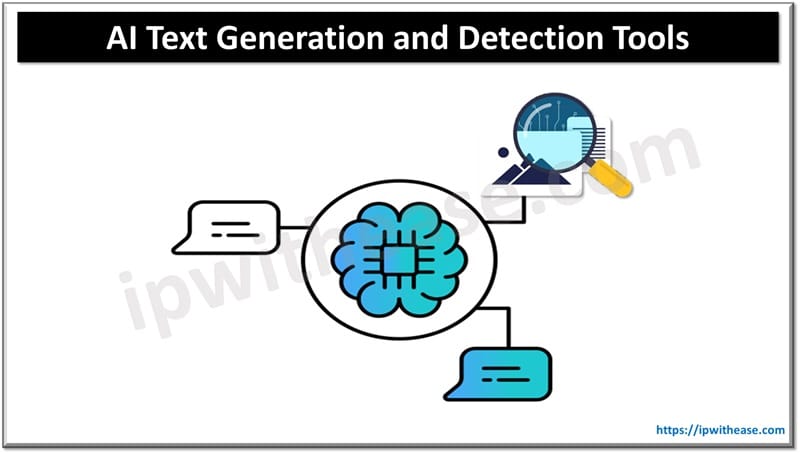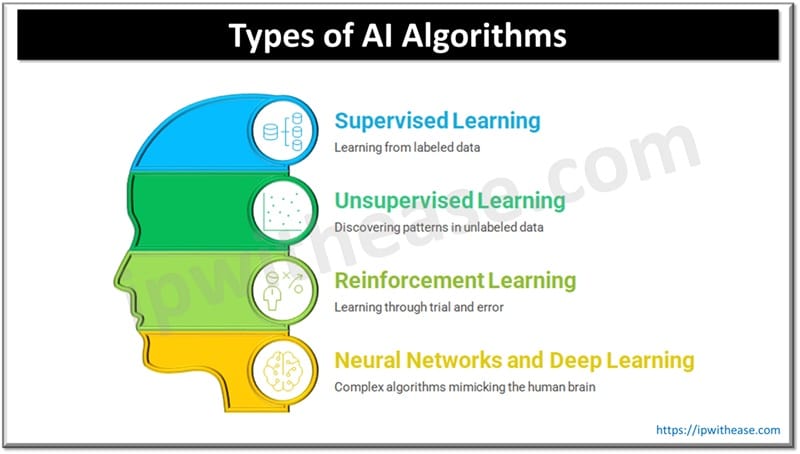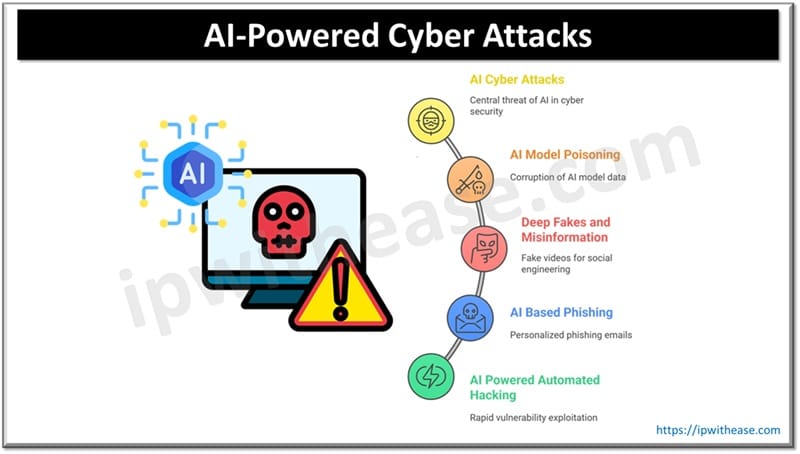Table of Contents
In the rapidly evolving digital landscape, artificial intelligence (AI) continues to break new ground, transforming various sectors in unprecedented ways. One of the more intriguing advancements lies in the realm of AI text generation. This technology, which leverages sophisticated algorithms and vast datasets, has grown increasingly adept at crafting human-like prose. However, as AI-generated text becomes more prevalent, it brings with it a burgeoning need for robust detection tools to identify machine-created content.

The Mechanics of AI Text Generation
AI text generation harnesses the power of Natural Language Processing (NLP), a subset of AI that focuses on the interaction between computers and human language. Central to this technology are models like OpenAI’s GPT-4, which utilize enormous neural networks trained on diverse text from the internet. By analyzing patterns, syntax, and semantics, these models can predict and generate coherent text that mimics human writing.
These AI models operate on a principle known as “transformer architecture,” enabling them to consider the context of words in a sentence. This architecture allows the models to generate responses that are contextually relevant and linguistically sound. Advances in neural networks have further refined this capability, leading to text generations that are not only grammatically correct but emotionally resonant. With the help of an AI Humanizer API the texts sound even more as if they were written by a human.
Applications of AI Text Generation
The applications of AI-generated text are vast and varied. In the business world, companies are leveraging these tools to automate customer support via chatbots, generate marketing content, and even draft reports. The media industry has seen AI stepping into roles traditionally held by human writers, with algorithms capable of generating news articles and summaries effectively.
Educational institutions employ AI to assist in grading essays by providing preliminary evaluations and feedback. This application not only speeds up the grading process but also ensures a degree of consistency in evaluations. The creative industries are not left out, as AI-powered tools aid in generating ideas for novels, scripts, and poetry.

The Rise of Detection Tools
The proliferation of AI-generated text has naturally led to a demand for detection tools that can differentiate between human and machine-generated content. These detection tools are becoming essential, particularly in academic and professional settings where authenticity and originality are paramount.
AI text detection leverages the same NLP principles but in reverse. These tools analyze writing patterns, vocabulary use, and stylistic nuances to identify telltale signs of AI generation. Companies like OpenAI and other tech firms are actively developing and refining such detection tools to ensure they keep pace with the ever-advancing text generation technologies.
Challenges and Ethical Considerations
Despite the exciting potential of AI text generation, several challenges and ethical concerns need addressing. One significant issue is the risk of misinformation. AI-generated content can be used to create fake news, misleading articles, or even deepfake texts that can deceive readers. This highlights the necessity for reliable detection tools to maintain the integrity of information dissemination.
Another ethical concern is the attribution of AI-generated content. As more businesses and individuals use AI to produce written material, questions arise about authorship and intellectual property rights. There is a growing debate about how to attribute content that is partially or wholly generated by AI and what this means for the future of copyright law.
Future Prospects in AI Text Generation and Detection
Looking ahead, the future of AI text generation and detection appears dynamic and expansive. Continued advancements in machine learning and NLP promise even more sophisticated and versatile text generation capabilities. Improved detection tools will likely evolve in tandem, ensuring a balance between leveraging AI’s benefits and mitigating its risks.
For instance, advancements in explainable AI (XAI) could lead to detection tools that not only identify AI-generated text but also explain their reasoning processes. This would add a layer of transparency, making it easier for users to trust these technologies. Additionally, interdisciplinary collaboration between technologists, ethicists, and policymakers will be crucial in navigating the ethical complexities and regulatory frameworks.
Conclusion
AI text generation represents a significant leap forward in how content is created and consumed. Its potential benefits across various sectors – from business and education to media and the arts – are matched by the importance of robust text detection tools. These tools ensure that as AI’s influence grows, it does so responsibly and ethically, maintaining the integrity of information and upholding standards of originality and authenticity.
The interplay between AI text generators and detection mechanisms will continue to shape the digital landscape, driving innovations that enhance productivity while safeguarding trust. As the technology matures, so too will the frameworks needed to manage its impact, ensuring that AI remains a force for positive change.
ABOUT THE AUTHOR
IPwithease is aimed at sharing knowledge across varied domains like Network, Security, Virtualization, Software, Wireless, etc.



